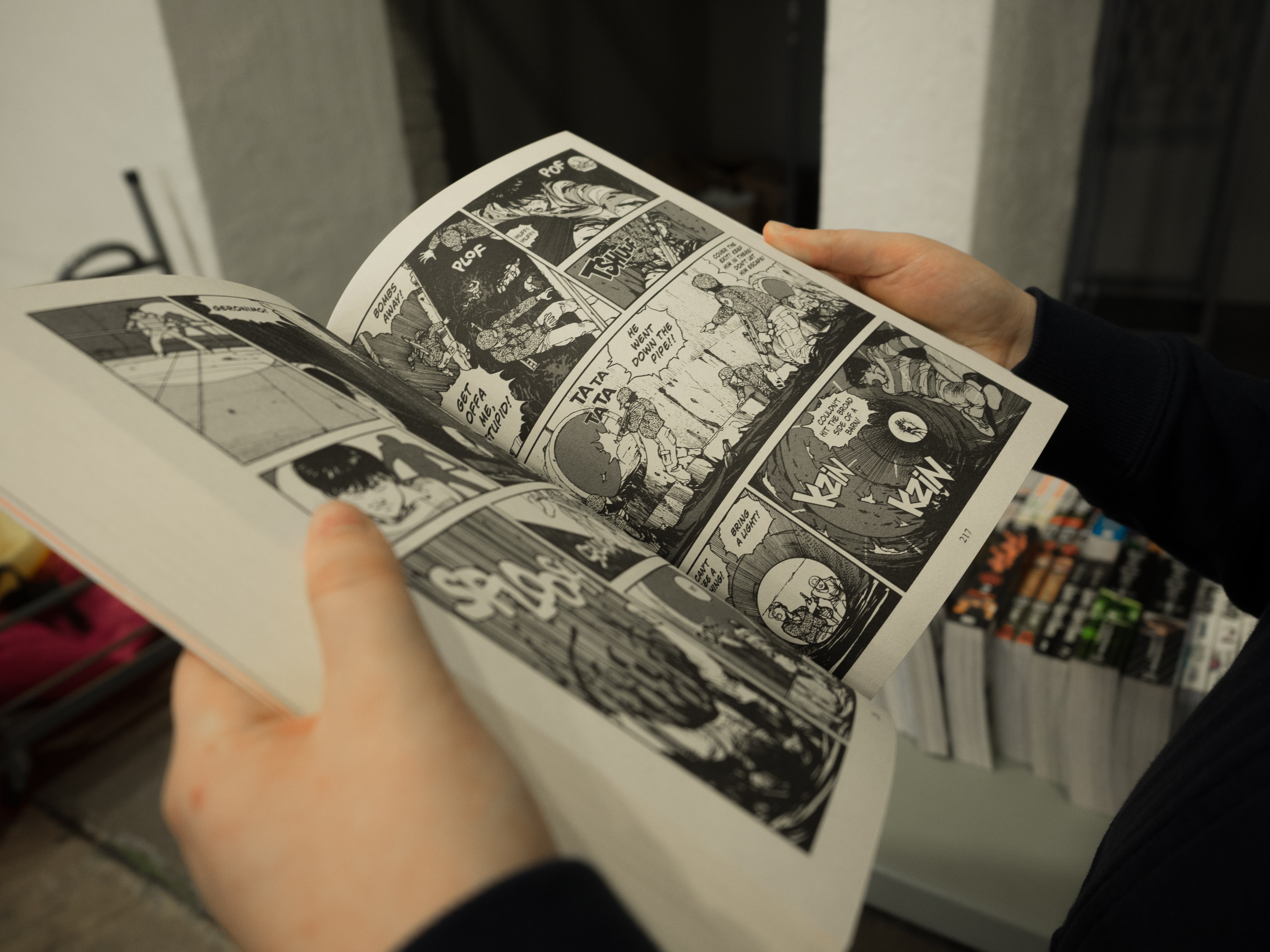December 11, 2020
by Tina Arnoldi
 In an earlier post for Theravive, I examined how cartoons and comics might be a useful way to educate people on mental health concerns. This fall, I interviewed Cara Bean to learn about the process behind Vermont’s Center for Cartoon Studies released “Let’s Talk About It: A Graphic Guide To Mental Health” about its use for education. Recently, there was an article in the Open Library of Humanities about the perceived value in using comics to teach mental health professionals.
In an earlier post for Theravive, I examined how cartoons and comics might be a useful way to educate people on mental health concerns. This fall, I interviewed Cara Bean to learn about the process behind Vermont’s Center for Cartoon Studies released “Let’s Talk About It: A Graphic Guide To Mental Health” about its use for education. Recently, there was an article in the Open Library of Humanities about the perceived value in using comics to teach mental health professionals.
Psychiatrist Jeff Ditzell believes comic guides on mental health, like the one mentioned above, can be extremely effective as a teaching tool. Ditzell said, “Using cartoons or other images, whether for children or adults, provides the opportunity to break down a complicated process and allows someone to digest it in seconds. The easier the message, the more receptive your audience is, making it an effective way to educate.”
Psychotherapist Cecille Ahrens believes this approach is creative, less threatening and serves as an engaging way to invite people from all walks of life into the complex world of mental health. Ahrens said, “Comic books can make people feel safer to explore their own mental health issues through the power of externalization, positive identification and story-telling. There is healing power in seeing our stories and parts of ourselves reflected in these comic books. I think comic therapy can be therapeutic and extremely effective in helping people reclaim their power.”
Artist Craig Gunderson also agrees with the value of comics and mental health but notes how characters are presented is key to effectiveness. He said, “Great care should be taken to portray people in as general a manner as possible so that one might connect with the concepts without feeling alienated along the lines of gender or race. An outstanding example of this can be found in Allie Brosh's ‘Hyperbole And A Half’ where she portrays herself as a nearly featureless cartoon creature with stick arms and large eyes. In the chapters Depression Part One and Depression Part Two, Brosh leverages her cartoon self to convey the feeling of being a home-bound prisoner of her depression in a way words alone could never do. That character, with its wide-awake stare and perpetual frown, who is unable to leave the couch and argues with itself to go outside is no longer a 20-something woman - it's me because I feel it.”
Comics are an engaging medium because our brains process visuals faster than text. Jolene Caufield, Senior Advisor, Healthy Howard notes that pictures and illustrations are easy to remember as they trigger our eidetic or photographic memory. She explains, “this is good news if you're trying to convey information through visuals as it will help the viewers remember it more, therefore understand it more. Images with text enhance the viewer's ability to memorize and allow for easier information recall which means it will have a bigger impact on a viewer's mind compared to text only.” Ahrens agrees this ability to convey complexity in simple, relatable yet powerful ways is what attracts both children and adults to comics, noting “with comics, students not only learn the material faster, they learn it better."
Peter Head with Japanoscope shared that comics dealing with mental health issues are so common in Japan they form their own genre. He shared a post from the Japanese book retailer BookLive with favorite comic titles for learning more about depression and bipolar disorder. Head believes Americans would benefit by taking a handful of these from the large Japanese Manga literature and translating them. He said, “if we can do it with Pokemon and Naruto, then we can do it with the Japanese mental health heroes too.”
Tina Arnoldi, MA is a marketing consultant and freelance writer in Charleston SC. Learn more about her and connect at TinaArnoldi.com